- Have any questions?
- +86-189 8930 5995
- sales@mosinterchem.com.cn
Hyaluronic acid CAS 9004-61-9

Cosmetic Ingredients Chitin CAS 1398-61-4
17/12/2018
Hydroxypropyl methyl cellulose CAS 9004-65-3
17/12/2018| Model: | MOS9004-61-9 |
| Brand Name: | MOSINTER |
| CAS No.: | 9004-61-9 |
| Appearance: | white powder |
| Glucuronic acid: | ≥46% |
| Light transmittance (0.1%aqueous solution): | A600nm≤0.01 |
| Sodium hyaluronate: | ≥95% |
| Nucleic acid (0.1%aqueous solution): | A260nm≤0.5 |
| Protein: | ≤0.05% |
| PH(0.1%aqueous solution): | 6.0-7.5 |
| Weight loss on drying: | ≤10% |
| Ignition residue: | ≤20.00 % |
| Chlorine: | ≤0.5% |
Hyaluronic acid (CAS: 9004-61-9)
| Item | Index |
| Appearance | white powder |
| Glucuronic acid | ≥46% |
| Sodium hyaluronate | ≥95% |
| Light transmittance (0.1%aqueous solution) | A600nm≤0.01 |
| Nucleic acid (0.1%aqueous solution) | A260nm≤0.5 |
| PH (0.1%aqueous solution) | 6.0-7.5 |
| Protein | ≤0.05% |
| Weight loss on drying | ≤10% |
| Ignition residue | ≤20.00 % |
| Chlorine | ≤0.5% |
| Ferrum | ≤80ppm |
| Heavy metal | ≤10ppm |
| Arsenic | ≤2ppm |
Hyaluronan (also called hyaluronic acid or hyaluronate or HA) is an anionic, nonsulfated glycosaminoglycan distributed widely throughoutconnective, epithelial, and neural tissues. It is unique among glycosaminoglycans in that it is nonsulfated, forms in the plasma membraneinstead of the Golgi, and can be very large, with its molecular weight often reaching the millions. One of the chief components of theextracellular matrix, hyaluronan contributes significantly to cell proliferation and migration, and may also be involved in the progression of some malignant tumors.[citation needed]
The average 70 kg (154 lb) person has roughly 15 grams of hyaluronan in the body, one-third of which is turned over (degraded and synthesized) every day. Hyaluronic acid is also a component of the group A streptococcal extracellular capsule, and is believed to play a role invirulence.
Medical uses
Hyaluronan has been used in attempts to treat osteoarthritis of the knee via injecting it into the joint. It has not been proven, however, to generate significant benefit and has potentially severe adverse effects.
Dry, scaly skin (xerosis) such as that caused by atopic dermatitis (eczema) may be treated with a prescription skin lotion containing sodium hyaluronate as its active ingredient.
In some cancers, hyaluronan levels correlate well with malignancy and poor prognosis. Hyaluronan is, thus, often used as a tumor marker for prostate and breast cancer. It may also be used to monitor the progression of the disease.
Hyaluronan may also be used postoperatively to induce tissue healing, notably after cataract surgery. Current models of wound healing propose the larger polymers of hyaluronic acid appear in the early stages of healing to physically make room for white blood cells, which mediate the immune response.
Hyaluronan has also been used in the synthesis of biological scaffolds for wound-healing applications. These scaffolds typically have proteins such as fibronectin attached to the hyaluronan to facilitate cell migration into the wound. This is particularly important for individuals with diabetes suffering from chronic wounds.
In 2007, the EMA extended its approval of Hylan GF-20 as a treatment for ankle and shoulder osteoarthritis pain.
Functions
Until the late 1970s, hyaluronan was described as a “goo” molecule, a ubiquitous carbohydrate polymer that is part of the extracellular matrix. For example, hyaluronan is a major component of the synovial fluid, and was found to increase the viscosity of the fluid. Along with lubricin, it is one of the fluid’s main lubricating components.
Hyaluronan is an important component of articular cartilage, where it is present as a coat around each cell (chondrocyte). When aggrecan monomers bind to hyaluronan in the presence of link protein, large, highly negatively charged aggregates form. These aggregates imbibe water and are responsible for the resilience of cartilage (its resistance to compression). The molecular weight (size) of hyaluronan in cartilage decreases with age, but the amount increases.
Hyaluronan is also a major component of skin, where it is involved in tissue repair. When skin is exposed to excessive UVB rays, it becomes inflamed (sunburn) and the cells in the dermis stop producing as much hyaluronan, and increase the rate of its degradation. Hyaluronan degradation products then accumulate in the skin after UV exposure.
While it is abundant in extracellular matrices, hyaluronan also contributes to tissue hydrodynamics, movement and proliferation of cells, and participates in a number of cell surface receptor interactions, notably those including its primary receptors, CD44 and RHAMM. Upregulation of CD44 itself is widely accepted as a marker of cell activation in lymphocytes. Hyaluronan’s contribution to tumor growth may be due to its interaction with CD44. Receptor CD44 participates in cell adhesion interactions required by tumor cells.
Although hyaluronan binds to receptor CD44, there is evidence hyaluronan degradation products transduce their inflammatory signal through toll-like receptor 2 (TLR2), TLR4 or both TLR2, and TLR4 in macrophages and dendritic cells. TLR and hyaluronan play a role in innate immunity.
High concentrations of hyaluronan in the brains of young rats, and reduced concentrations in the brains of adult rats suggest hyaluronan plays an important role in brain development.
You must be logged in to post a review.

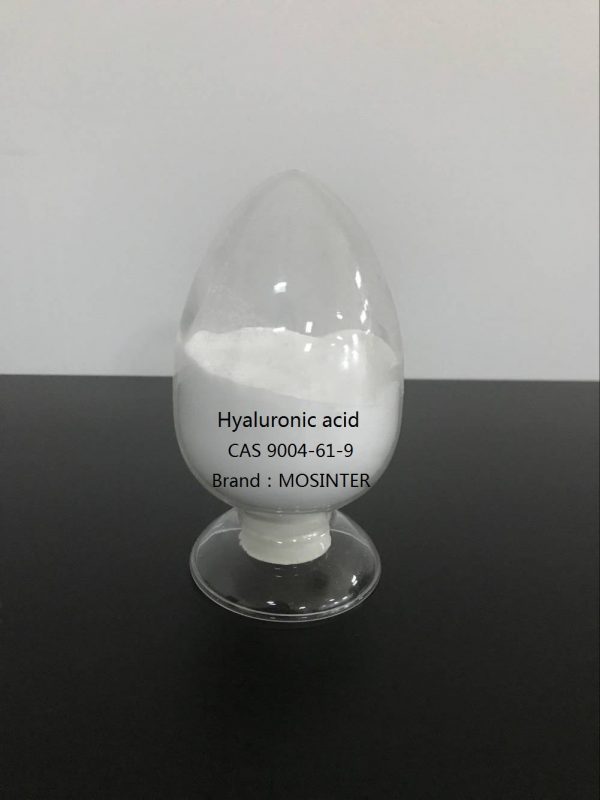
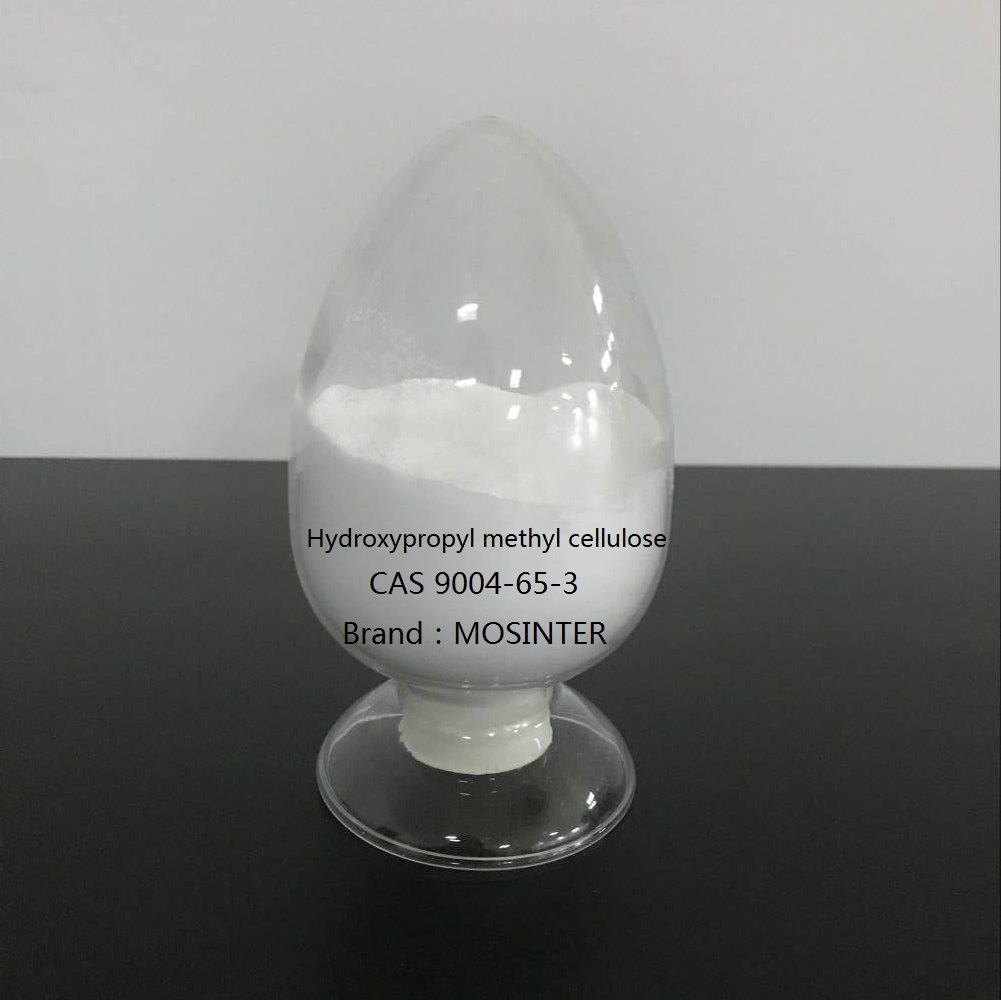
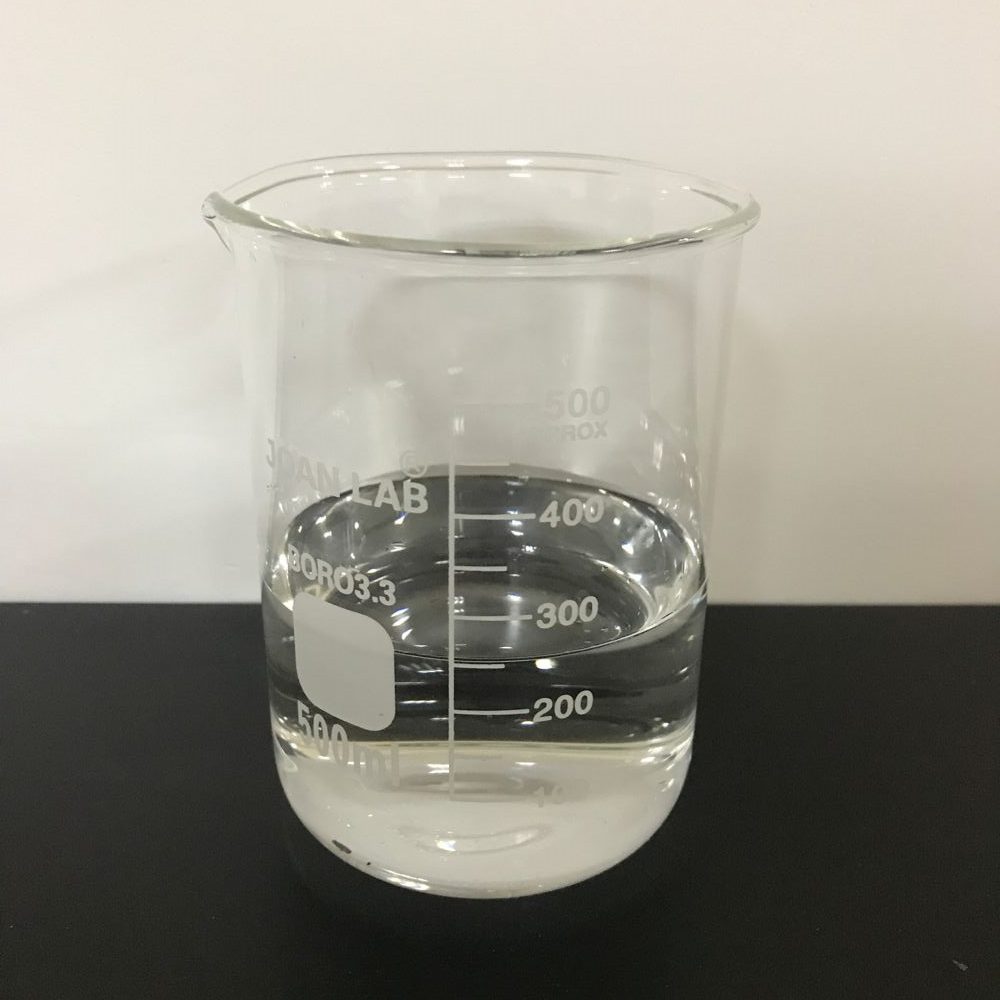
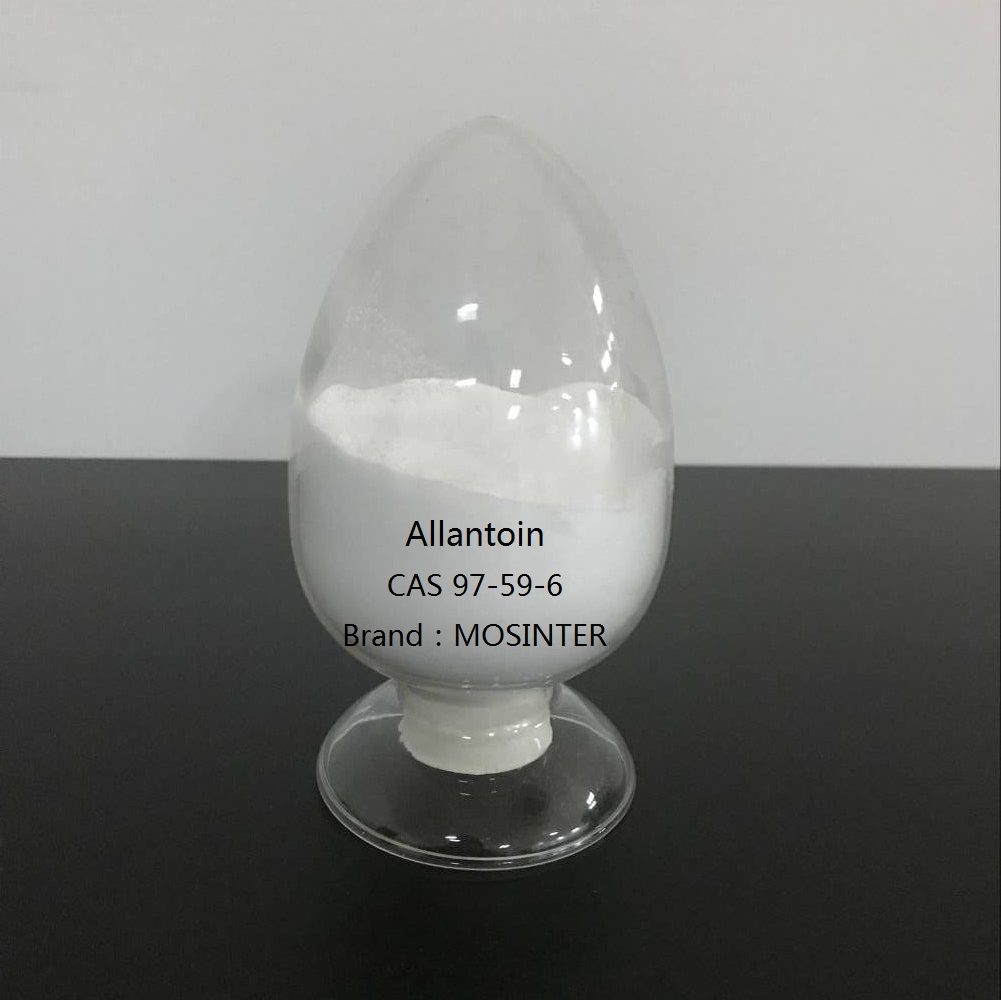
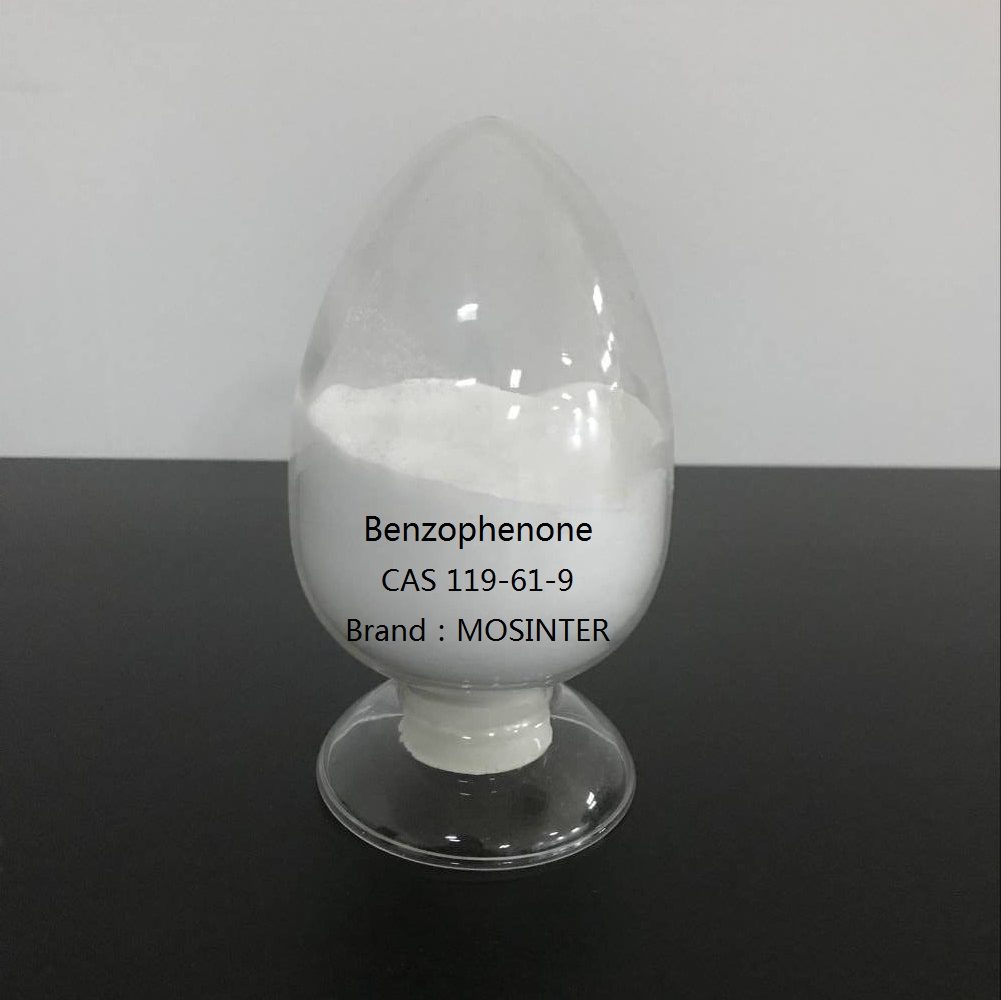
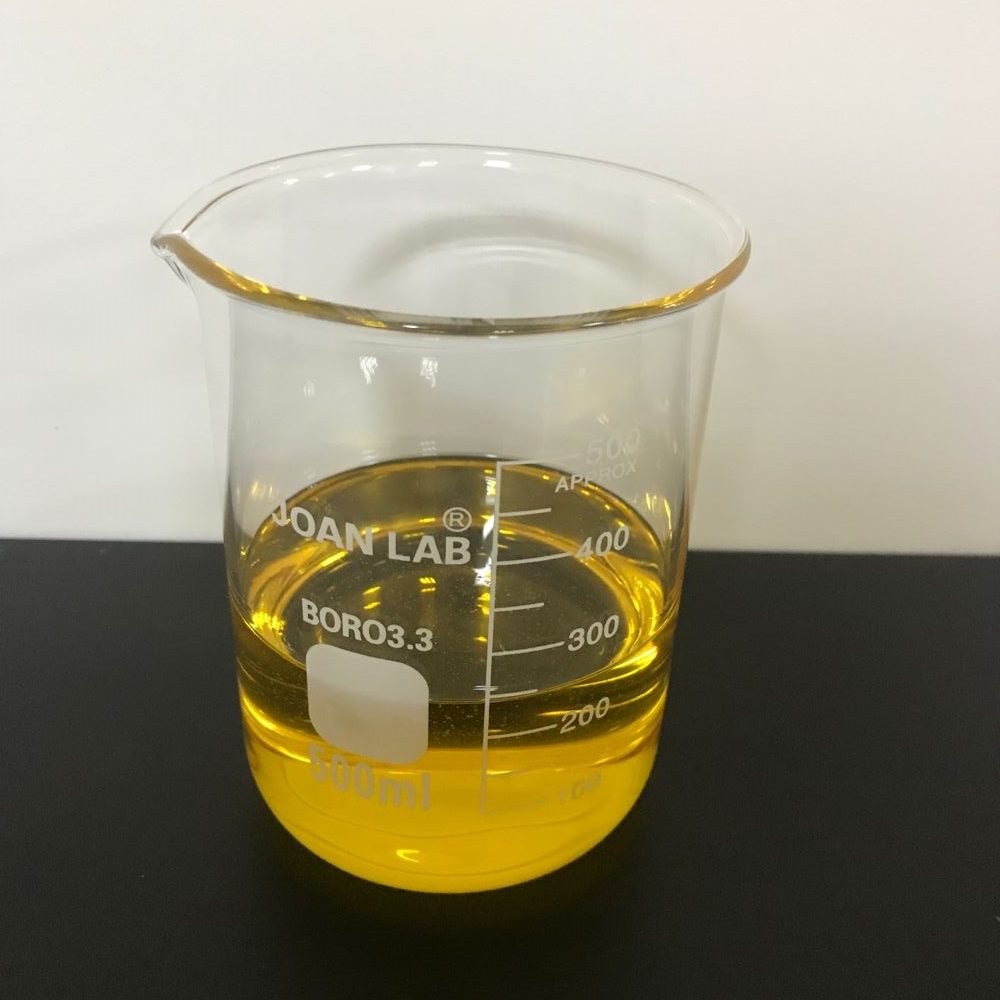
Reviews
There are no reviews yet.